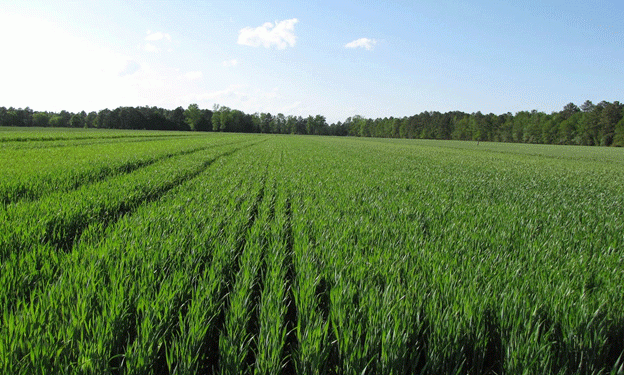Winter Crop Sowing Begins in Tambov Region: Over 400,000 Hectares Planned for 2025 Harvest
The Tambov region, a key agricultural area in Russia, has officially begun its winter crop sowing campaign for the 2025 harvest. Local farmers are gearing up for a busy season, with plans to sow more than 400,000 hectares of farmland—a significant increase from last year. The primary crops being sown include winter wheat, rye, and rapeseed, essential staples for the region’s agricultural output.
Regional Sowing Plans
The campaign kicked off with farmers in the Tambov municipal district, who are set to sow 20,000 hectares of winter crops. The largest sowing areas, however, are planned in the Sosnovsky and Inzhavinsky municipal districts, with 26,000 and 25,000 hectares respectively dedicated to winter crops. The region’s agricultural authorities have confirmed that all seeds have passed rigorous quality checks and meet the necessary sowing standards.
Winter wheat remains the backbone of winter crop production in the Tambov region, providing a critical foundation for the upcoming harvest. In addition to wheat, farmers are also sowing winter rye and rapeseed, which are integral to crop rotation practices and help ensure soil health and fertility.
Favorable Conditions for Sowing
Agricultural experts in the Tambov region have reported favorable conditions for the sowing of winter crops this year. Weather patterns have provided optimal soil moisture levels, which are crucial for the successful establishment of winter crops. This, combined with high-quality seed materials, gives farmers confidence in achieving strong germination rates and healthy crop development going into the colder months.
The favorable conditions are a welcome relief after the challenges faced in previous years, such as unpredictable weather and varying seed quality. This year’s preparations are expected to contribute to a stable and productive harvest in 2025.
The Importance of Winter Crops in Tambov
Winter crops, particularly wheat, play a vital role in the agricultural economy of the Tambov region. The early establishment of these crops allows them to endure the winter season and take full advantage of early spring moisture, leading to higher yields compared to spring-sown crops. Winter wheat, in particular, is prized for its resilience and ability to produce high-quality grain, which is essential for both domestic consumption and export markets.
In addition to wheat, winter rye and rapeseed contribute to the diversification of the region’s crop portfolio. Rye is known for its hardiness and ability to grow in poorer soil conditions, making it an important food and feed grain in the region. Rapeseed, on the other hand, is a valuable oilseed crop that supports the production of cooking oil, animal feed, and biofuel, adding further economic value to the region’s agricultural output.
The start of the winter crop sowing campaign in the Tambov region marks the beginning of another important season for Russian agriculture. With over 400,000 hectares planned for winter wheat, rye, and rapeseed, the region is set to surpass last year’s sowing levels. The combination of favorable weather conditions and high-quality seed materials provides a solid foundation for a successful 2025 harvest. As the sowing continues, farmers and agricultural experts alike will be closely monitoring crop development to ensure that this promising start translates into a bountiful harvest.
Error





